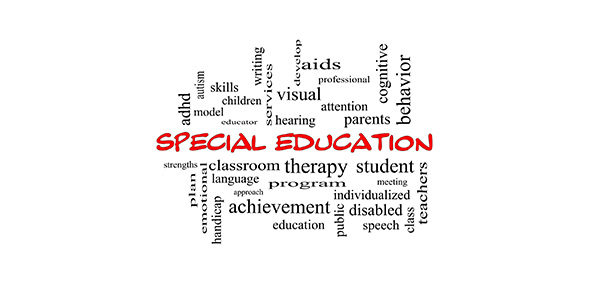Related Flashcards
Related Topics
Cards In This Set
| Front | Back |
|
An arbitrary (unclear) connection between words and the ideas/things that they represent
|
Symbolic/symbol
|
|
Examples: the number two does not appear to visibly show anything two-like
|
Symbolic language
|
|
Reflect the ways in which users of a language assign meaning to a particular linguistic symbol, usually a word
|
Semantic rules
|
|
Examples: people agree that a “fork” is used to eat with and that a “comb”
is used to brush one’s hair |
Semantic rules
|
|
Statements that have more than one commonly accepted definition
|
Equivocal language
|
|
Examples: “I love you”, “period” “she was on fire”
|
Equivocal language
|
|
Gain their meaning by comparison
|
Relative words
|
|
Example: one student at CNU may think the hockey team is good, while another
may believe the team plays poorly |
Relative words
|
|
Statements that contain or imply the word *is* lead to the mistaken assumption that people are consistent and unchanging
|
Static evaluation
|
|
Ex: consider Debbie may only be a downer when people around her have been discouraging
|
Static evaluation
|
|
Language that is vague in nature
|
Abstract language
|
|
Language including specific things that people say or do
|
Behavioral language
|
|
Illustrates how the same phenomenon can be
described at various levels of specificity and abstraction |
Abstraction ladder
|
|
The rules that govern the way words combine to form phrases, clauses, and sentences. Syntax is the arrangement of words in a sentence
|
Syntactic rules
|
|
What we rely on to decide how to interpret messages in a given context
|
Pragmatic rules
|








